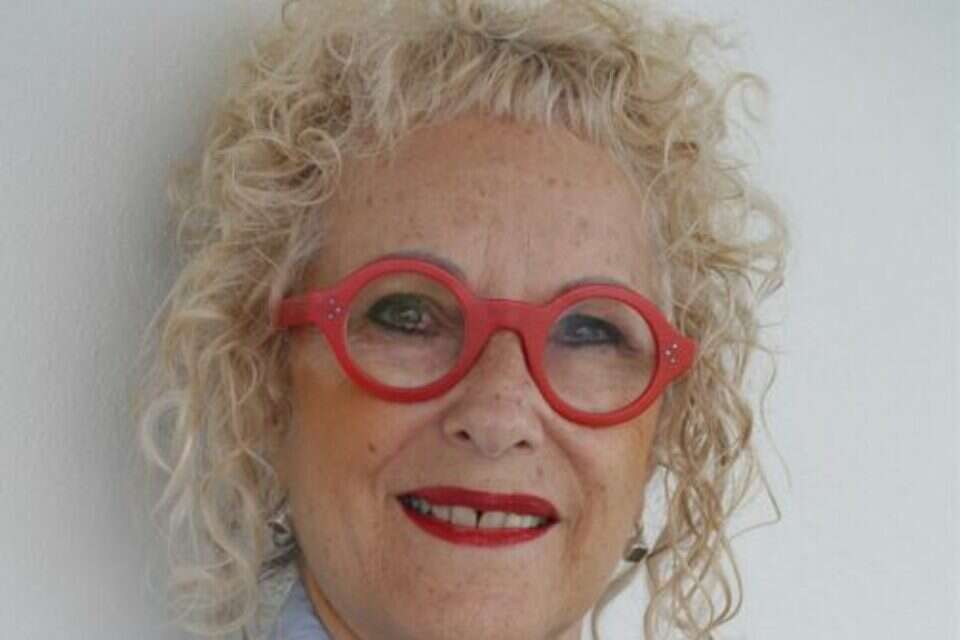Curator Tami Katz-Freeman returned to Israel after a stay of more than a decade in the United States. And has been mentoring Katz-Freeman for the past few months.
The exhibition, which will open this week at the Old Jaffa Museum, includes works by 22 artists.
It first began in the late Corona period, when the world tried to pick up the pieces and deal with what caused one virus, which among other things revealed cracks from which emerged the unstructured parts of the "stomach" of private and social reality: a sense of appeal, uncertainty, lack of control, and more.
These led Katz-Freeman to re-examine with the artists the concept of "contempt" of the researcher and psychoanalyst Julia Kristeva, which becomes before our eyes from a philosophical theory a part of life.
As part of the exhibition, works were selected that deal with intermediate states: queer hybridity, ritual action, gender, national and material appeal, while the path of refraction and fluidity allows a glimpse into the sublime and the despicable.
Senior curator Tami Katz-Freeman served as the curator, alongside the program's academic advisor, Dr. Osnat Zuckerman-Rechter, and the director of the House of Israeli Art, Idit Amichai.
In an interview with Israel Today, she talks about the work process.
"The male and female students were given the task of putting on an exhibition at the end of the year. They are all curators, and under my guidance we set out in March. We were more curators and coaches at the exhibition," she laughs, "
So where did you really start?
"I could not begin to draw from them themes for the exhibition because we were short on time, so I brought them a text by Julia Kristeva, a feminist theorist that I really like and relate to, whose book 'Forces of Horror', which talks about the concept of despicable in culture, is an exemplary text that also influenced The feminist wave of the 90s in contemporary art.I decided that after two years of epidemic it would be interesting to re-read its text and see if it can be found relevant today, after all our systems went wrong inside and out, the tissues of the flesh under the skin, everything was undermined, hence 'The Sublime Lining' - This is one of the subtitles in one of the chapters of this book.
"I thought it was a charming, poetic and original term, and we actually dug together in her text to find the right wording for the subject. When I saw it I said 'this is it, this is it!' Representations of the garment, there hide stitches that you do not want to see.We know what is the sublime in art, the supreme sense of the forces that sweep you up, and she claims that the despicable elements of life are the lining of the sublime, which is terribly beautiful to me.
"I asked the students to bring in associations of works of art by artists working today, in which Kristeva's text resonates in the context of the corona and the plague. As a facilitator, I looked at the connecting line of the works they chose. We began to talk about "The epidemic undermined the so-called nature of a disintegrating world - and most of the work in the exhibition was actually done during the epidemic. At one point we compiled a list of artists, and each curator was given responsibility for the artist he worked with all the way."
The exhibition will open on Thursday and run through July 17th.
Were we wrong?
Fixed!
If you found an error in the article, we would love for you to share it with us

